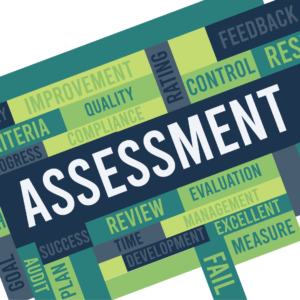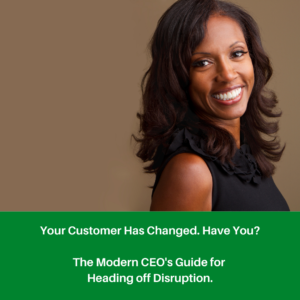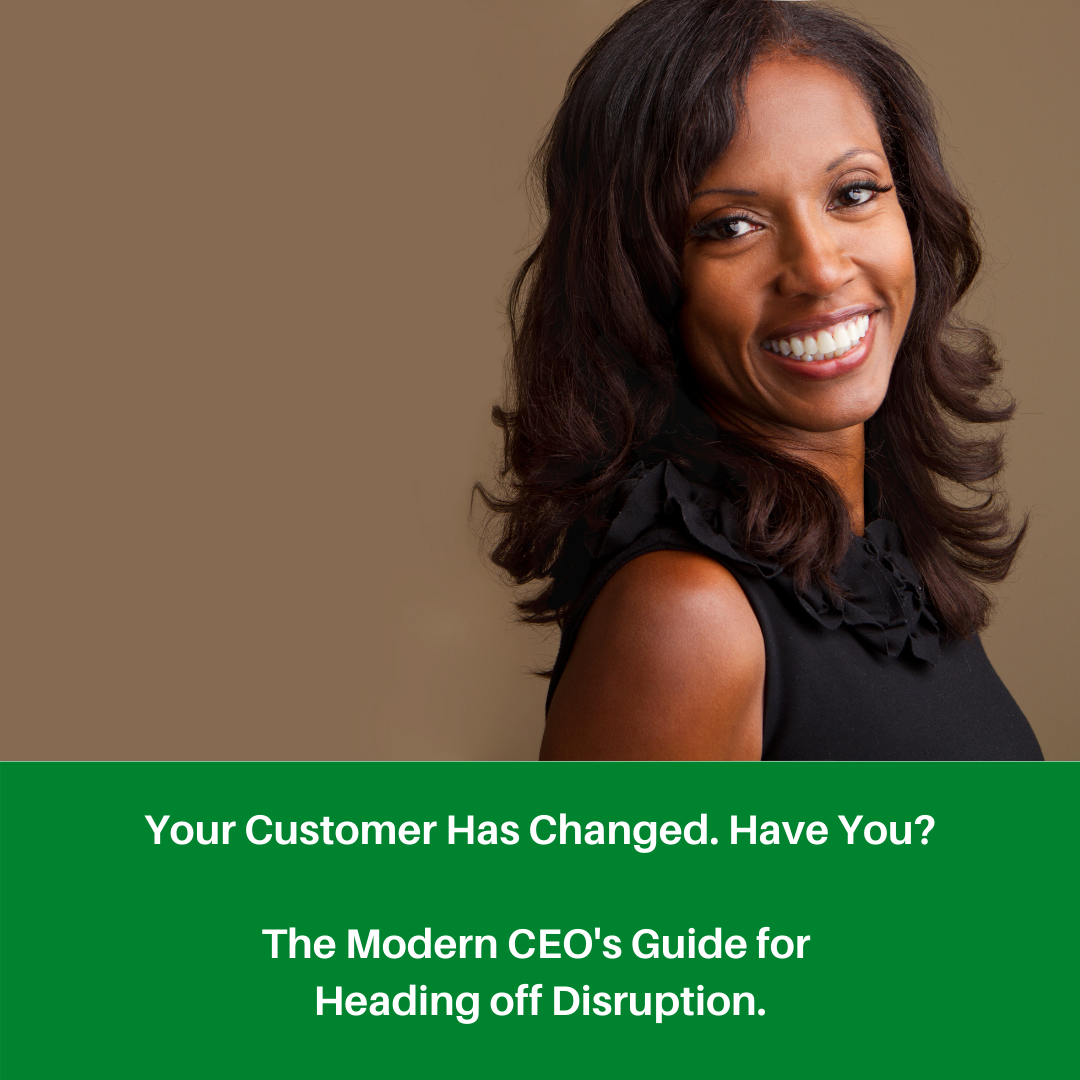In Part I, we discussed speed and strategic flexibility as two key skills CEOs and their organizations need to have as they exit the pandemic. Part II of this article discusses the third skill, proactive accountability, and what post-pandemic leadership will look like.
Since 2002, there have been seven epidemics and pandemics prior to COVID-19, lasting anywhere from a year to about three years. Before COVID-19, 66% of companies either had a limited number of people working from home, we’re thinking of getting rid of their Virtual Private Network (VPN), or didn’t have a Work From Home (WFH) policy at all.
The challenge companies have had with embracing WFH has primarily been the fear of how to manage employees working outside the office and outside leadership’s purview. In short, it’s really been a question of how can leaders practice the skill of proactive accountability?
Proactive Accountability

Assessment. Photo Credit: Canva
Proactive accountability is about anticipating how future change, problems, and needs due to disruption, will redefine the goals, people, and processes used to hold and drive accountability. As part of the strategic flexibility process, where timeline and metrics for achieving those goals are halted because of disruption.
After you assess, make sense of the disruption, and identify new solutions, KPIs, and before you resume the focus on goals and commit to the timeline for achieving them, this is where proactive accountability comes into play. Ask yourself the following questions to ensure you’re driving team alignment with the direction and goals you’ve established:
- What has changed?
- What do we eliminate or stop doing?
- What do we continue doing?
- What are the potential unexpected challenges?
- Who are the owners and teams responsible for addressing?
- What budget and resources are required?
- What’s the timeline for completely switching over?
With companies expecting employees back in the office in September, Cate Heaman, CEO of Prelude Solutions, a firm focused on optimizing a company’s entire communications system, from voice and data to data analytics, is already looking ahead. “I think it’s going to be a very big disruption in the entire environment everywhere,” she said. “You’re going to see the salespeople wanting to get out and do sales appointments. So, I think that’s going to be our biggest challenge. In the remote environment, I could Zoom or text. I could find somebody because they were at home. As a leader, post-pandemic, I fear that we’ll lose that immediate gratification and response,” said Heaman.
For Heaman’s company, the WFH model has helped to deliver revenue that’s 70%-100% greater than it was the prior year. She’s already thinking about how to drive proactive accountability and the impacts within the organization as her sales team pivots into office meetings with clients.
“We’re going to be putting in more next step strategies, like what are the next steps to understanding the customer’s needs for the third quarter. Now, with people pinging back, from a telecommunication and a network perspective, what can we do to help support them? That will be our focus,” said Heaman. “We’ll be agile, and we’ll adapt and figure out what the next phase is.”
Leadership Post-Pandemic

Cate Heaman, CEO, Prelude Solutions
What does leadership look like post-pandemic? For some companies, leadership views the WFH as a temporary model. Post-pandemic they want to return to the status quo where work is centered in the office. It’s how successful engagement and careers are measured, i.e.: like bumping into people in the hallway for unplanned conversation.
However, some CEOs acknowledge that the pandemic has forced a level of change that has been good for the organization because it’s opened them and the company up to new ways of working.
“I think remote work is so much more a team effort than it ever was before,” said Heaman. I mean, it creates much more humane leaders than it ever did before,” said Heaman. “I don’t think you’ll see those leadership styles that aren’t attainable, not tangible. Before, you couldn’t touch them as leaders-CEOs and CFOs. You couldn’t really go to their offices or you had to have a scheduled meeting to get to their office. That, I think is a thing of the past,” she said.
“Between social media and remote work, you’ve got dogs, cats, children. You’re learning so much more about people, they’re human, and you won’t see that end with any CEO. That’s good CEO. You know you’re a good CEO because you work for them (the employees). That’s your customer. They’re my people. That’s right. I work for them,” said Heaman.
Speed, strategic flexibility, and proactive accountability are three priority skills CEOs and their companies must master in the post-pandemic world.
 If you want to discover how to turn disruption to your advantage, download “Your Customer Has Changed. Have You? The Modern CEO’s Guide to Heading off Disruption.”
If you want to discover how to turn disruption to your advantage, download “Your Customer Has Changed. Have You? The Modern CEO’s Guide to Heading off Disruption.”



You must be logged in to post a comment.